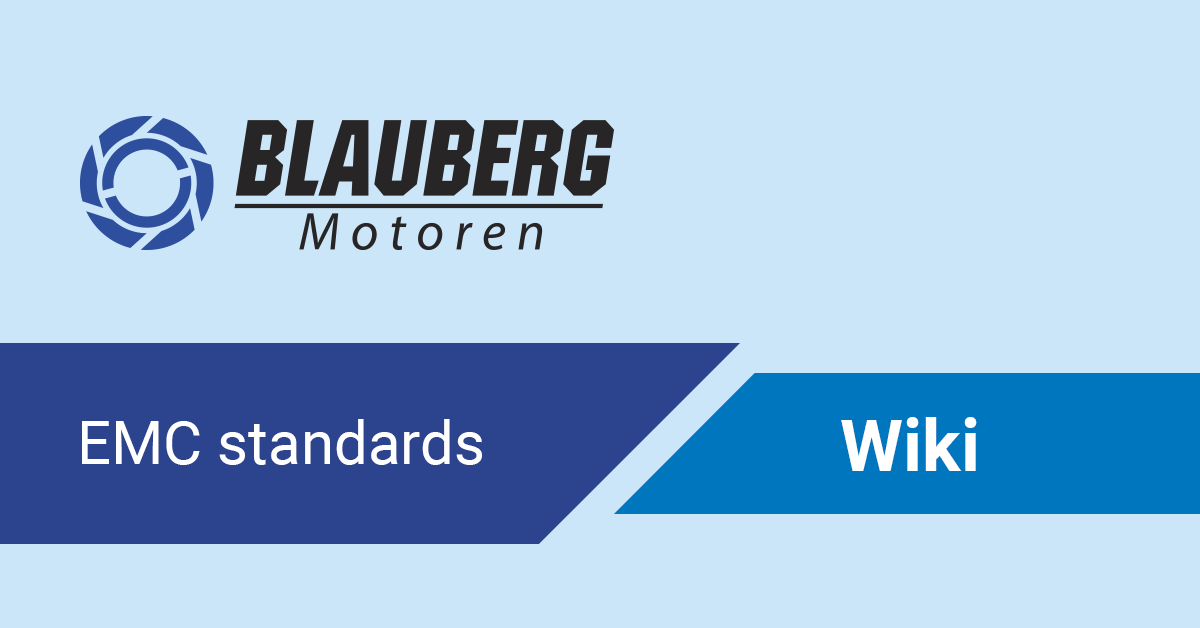HQ Tel. +49(0)89-235-16-801
US Tel. +1 765-780-7139

What are EMC standards?
EMC standards, also known as electromagnetic compatibility standards, are a set of guidelines and requirements that define the acceptable levels of electromagnetic emissions and immunity for electronic equipment. These standards are developed and maintained by various international and national organizations, such as the International Electrotechnical Commission (IEC), the Institute of Electrical and Electronics Engineers (IEEE), and the Federal Communications Commission (FCC) in the United States.
EMC standards specify the limits and test methods for emissions, which are the electromagnetic signals generated by a device, and immunity, which is the device's ability to withstand electromagnetic disturbances without malfunctioning. These standards cover a wide range of aspects, including conducted and radiated emissions, electrostatic discharge (ESD), electromagnetic susceptibility (EMS), radiated and conducted immunity, and more.
Compliance with EMC standards is typically required for electronic products to be legally sold and marketed in many countries. By adhering to these standards, manufacturers ensure that their products will not interfere with other devices, comply with safety regulations, and maintain proper functionality in various electromagnetic environments.
Types of electromagnetic interference
Electromagnetic interference (EMI) refers to the disturbance caused by electromagnetic signals that interfere with the normal operation of electronic devices, systems, or equipment. EMI can occur in various forms, and here are some common types:
EMC requirements for fans and motors
Electromagnetic compatibility (EMC) requirements for fans and motors are aimed at ensuring that these devices do not generate excessive electromagnetic interference (EMI) and that they are immune to external electromagnetic disturbances. The specific EMC requirements may vary depending on the application and the industry standards applicable to the specific device.
Here are some general considerations:
Emission Limits: EMC standards typically specify the maximum allowable levels of conducted and radiated emissions from fans and motors.
Filtering and Suppression: Fans and motors often incorporate filtering and suppression components to minimize EMI emissions. These can include line filters, snubber circuits, capacitors, ferrite beads, or other passive components.
Grounding and Shielding: Proper grounding and shielding techniques are employed to control EMI. Conductive enclosures, shielded cables, and grounding schemes help contain and dissipate electromagnetic energy.
Immunity: In addition to emission requirements, EMC standards often define the minimum level of immunity that fans and motors should exhibit. The standards may specify the levels of common electromagnetic sources, such as electrostatic discharge (ESD), electrical fast transients (EFT), conducted and radiated radio frequency (RF) fields, and power quality variations, to which the device should be immune.
Design and Layout: Proper design and layout practices play a crucial role in achieving EMC compliance. Considerations include optimizing circuit board layouts, minimizing ground loops, managing high-frequency traces, and using appropriate component placement and routing techniques.
EMC Testing: Manufacturers typically perform EMC testing to verify compliance with applicable standards. This involves subjecting the fan or motor to various tests, such as conducted emissions testing, radiated emissions testing, electrostatic discharge testing, and immunity testing. Testing ensures that the device meets the specified emission and immunity requirements under various operating conditions.
Let's take a look at one of the main EMC standards used for fans and motors:
1) EN 61000-4-X: This series of standards includes multiple parts that focus on testing and measurement methods for EMC. Some notable standards in this series are:
2) EN 61000-6-X: This series of standards addresses EMC requirements for specific environments or applications. It includes standards like:
3) EN 61000-3-X:
So, I recommend using quality Blauberg products that match EMC (electromagnetic compatibility) standards. By choosing an EMC compliant Blauberg product, you can be assured of its performance and reliability in various electromagnetic environments. Blauberg is a reputable manufacturer known for producing high quality axial fans https://blauberg-motoren.com/axial-fans available with AC motors and EC motors, as well as centrifugal fans with backward curved https://blauberg-motoren.com/centrifugal-fans-backward-curved and forward curved blades https://blauberg-motoren.com/centrifugal-fans-forward-curved also available with AC motors and EC motors.
Thank you for your attention and see you soon!